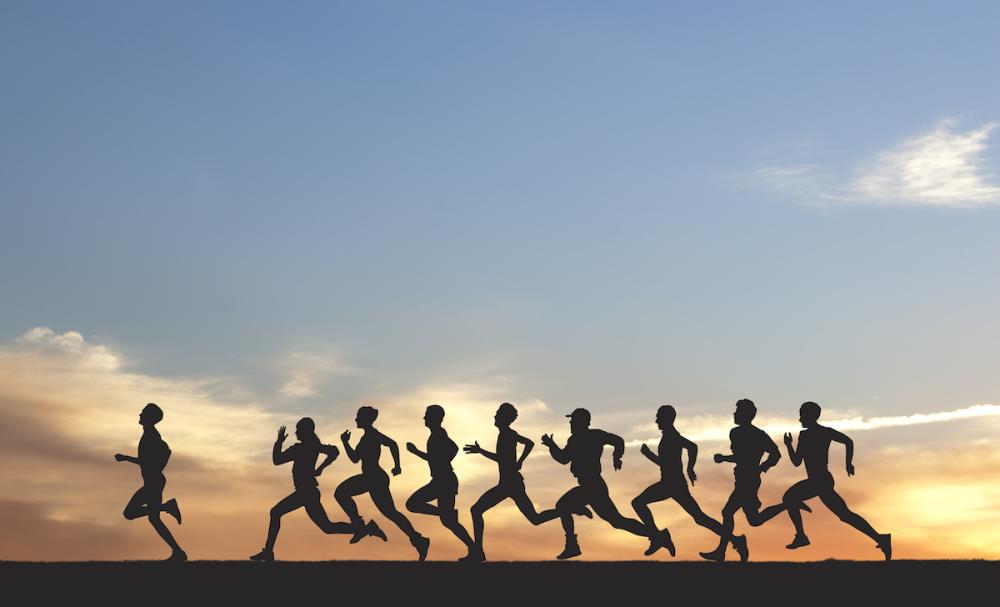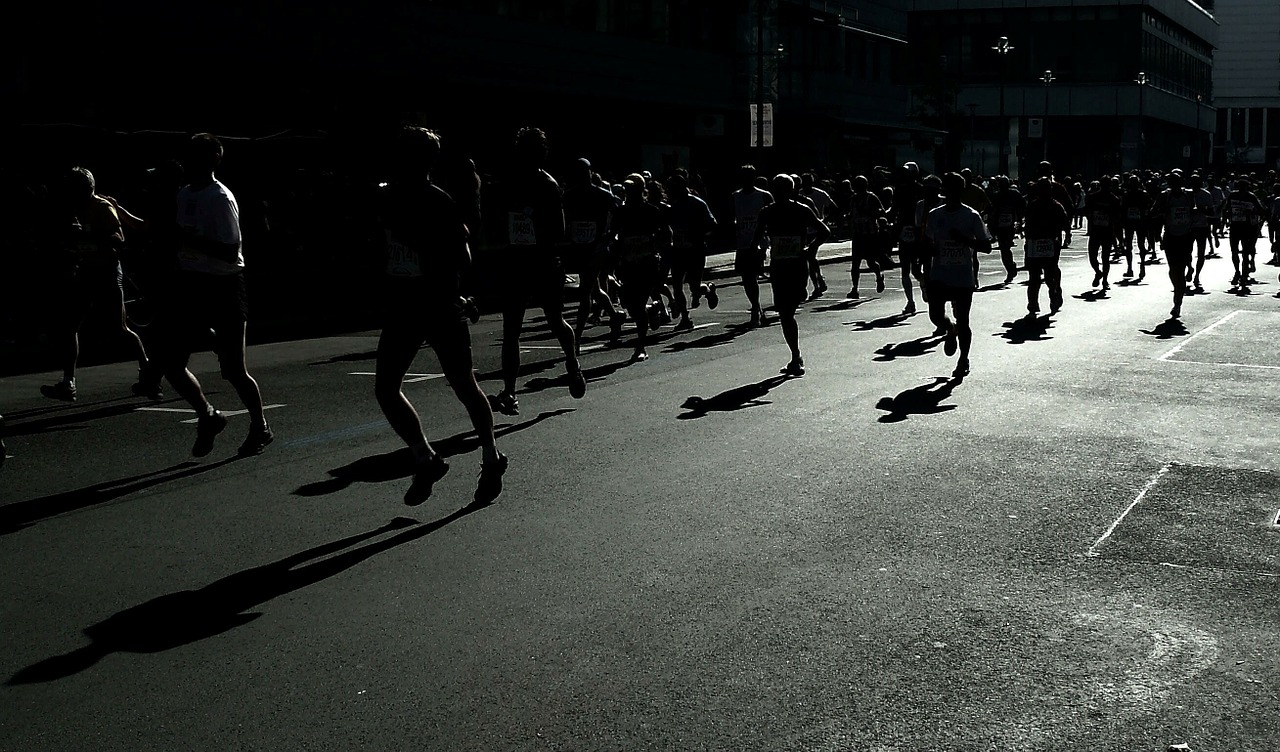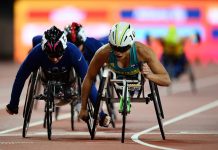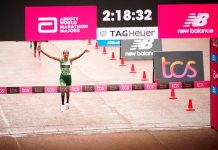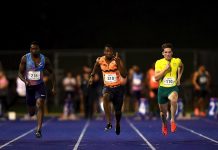Essays about sports are not that hard to write, especially when they are related to your personal experience. Or does it just look this way? The problem with personal experience based essays is that a student thinks that it is enough just to tell the story and completely forgets about the structure, logic of narration and, sometimes, even grammar. Help here can be found from term paper writers.
When choosing a sports major, many students mistakenly think they won’t have to write essays anymore. Though there are not too many of those, students still end asking themselves who can do my essay fast and cheap. But, essays about sports are not that hard to write, especially when they are related to your personal experience. Or does it just look this way? The problem with personal experience based essays is that a student thinks that it is enough just to tell the story and completely forgets about the structure, logic of narration and, sometimes, even grammar.
To get you closer to the idea of a successful sports essay, we’ve asked experts from a professional essay writing company Smart Writing Service to share a sample of a descriptive essay about running a marathon.
My first marathon: lessons, fails, a victory
The idea of running a marathon wasn’t too bold and unexpected for me. I’ve already finished two half-marathons the previous year, and though it was quite a challenge, I can’t say I didn’t struggle for more. I was planning to finish a marathon in less than 4 hours, which is a good time for someone like me. Those two half-marathons I ran almost without specific preparation—I run for fun, and I am active in the gym, but I didn’t use specific programs. This time I’ve decided that it is time to get closer to “professional amateur” runners.
Preparation phase
Though most of my friends use Nike or Strava apps to track running activity and create individual programs, I have chosen an application offered by Asics. Asics is not that fancy, but fully functional and free, which was a valuable factor me. I have created a four-month training plan with four running exercises each week. When I’ve seen a program, I have realized what I was doing wrong before. Running activity I had before was based on “pure running” — 5km, 10 km, the more, the better. Here I’ve realized that I need to have one long training week, with a moderate pace, one training to increase my speed, I test run, close by speed to what I want to achieve, and one “strength running workout.” And so I’ve started.
My training plan happened to be truly useful, though I should admit that I’ve not been diligent enough with what is called strength running workouts. They don’t feel like running, and it is rather irritating. It was a mistake, because, as practice proves, weak legs can’t run long enough. Looking ahead, I should admit that I’ve finished the marathon, but I will pay more attention to these apps in the future.
Marathon
Starting shot. The first 10 km I run on the pulse up to 155, I am surprised to see that I run 5 min/km, which is pretty fast for me. I feel that I can add more, but I’m afraid of scary stories about hitting the wall. After 10km I eat a tube of gel. 10-20 km I’m just running in euphoria, the pulse is up to 155, the speed is still 5-5.30, nothing hurts. I eat two gels every 30 minutes. 20-30 km aching sensations in the legs begin to appear. I start being anxious. At the same time, I see that for the first 20 km, I created a normal reserve for myself in time, I ran about 5.30, although for some reason my heart rate drops to 150-152. I start adding gel every 20 min.
After 30 km, the legs become wooden. They begin to feel cracks and bumps on the pavement, which I had not noticed before. But it is at this moment that the strongest emotion comes—I’m sure that I will do a marathon! I will endure, no matter what! The only thing—I’m still afraid that my legs will fail after 35 km and follow the pace, although I try not to fall below 6 minutes. The pulse sometimes starts to go below 150. As planned, I plan to add speed after 35 km, then after 37, then after 40, but the closer the finish is, the less my desire to accelerate is.
Three hundred meters before the finish, I’m doing the finishing spurt! I probably could have done it earlier, but the finish itself was not visible, so I couldn’t plan it good enough. At the finish, I grab a medal and try to enjoy the sensation of a great deed. However, the delight at 30 km was still stronger, as it was not drowned out by the pain in my legs and an overwhelming terrible cold.
Conclusion
I’ve made a terrible mistake not paying enough attention to strength exercises, and if my finances allow it, I would like to work with a trainer for my next marathon. However, I can say that my decision to take part in this run made me feel very proud of myself, and now I can have bigger goals—both in sports, education, and my future career.







